Birders and Hunters in Minnesota. We need to work together. We have some problems that are coming up and we need to voice our dismay: Potential Closing Of Many Minnesota State Parks
According to the Star Tribune, "the Republican-controlled House would cut deepest, but both houses would limit spending for the environment and natural resources during the next two years to about $200 million, a trim of about $40 million from projected spending. The House and Senate proposed more cuts than DFL Gov. Mark Dayton recommended, but he makes up much of the gap with outdoor and environmental fee increases.
DNR officials said the cuts could force a "mothballing" of up to 10 parks until state finances improve. Under the plan, the parks would remain open, but campgrounds and buildings would probably be closed and unstaffed."
This is so short sided. I can't think of one single person I know who hasn't been affected by the economy in the last few years. Non Birding Bill and I included. I don't blog about my financial woes, but like many people out there--we have them, it's inevitable if you earn a portion of your living as a free lancer. The one thing that sustains me when cash flow is short is going outdoors, taking in the natural world at our local parks. It's one of the affordable things a family can do. We need to fight, to find out what we would give to help keep these parks open. Minnesota State Parks are not just recreation, but classrooms and what makes this state a special place to live.
Logging Proposed In Minnesota State Parks
This also according to the Star Tribune, "A bill requiring the Department of Natural Resources to commercially log trees in two southeastern Minnesota state parks, which officials say would be unprecedented, has sparked the debate and galvanized park supporters. The bill will be voted on next week in the full Minnesota House.
It orders the DNR to harvest black walnut and "timber resources suitable for harvest'' in Frontenac and Whitewater state parks, and use profits to help fund the park system. Bill supporters say the state can't afford to let valuable trees rot in the woods. Opponents say the measure is shortsighted and would open up state parks to commercialization. The DNR opposes the bill.
But Rep. Steve Drazkowski, R-Mazeppa, who added the logging amendment to a large environmental finance bill, said it makes sense.
"The alarmists say you're going to clear-cut the whole thing, but that's not what the amendment is,'' he said. "It's simply to harvest the merchantable timber. It would leave 99 percent of trees intact. This is something we have to consider in the economic times we are in. We can't afford to watch our state assets rot.''"
Yikes! I think Rep. Drazkowski is an example of someone who never spent time in the woods and didn't pay attention in science class. Those trees are not just rotting, but are a huge resource for the many people who enjoy watching birds. All the birds that feed on insects found in "rotting" trees: pileated woodpeckers, brown creepers, black and white warblers, prothonotary warblers, red-breasted nuthatches, eastern screech-owls, barred owls, flickers...that's just scratching the surface.
This cannot pass.
Legislative-Citizens Commission on Minnesota Resources Poised To 25 Programs
This from Minnesota Public Radio, "The LCCMR -- the Legislative-Citizens Commission on Minnesota Resources -- decided to stick with the package it approved in December, even though the legislature is expected to make major changes.
But since the November election, Republicans are in control at the Legislature, and the new chairmen of the House and Senate environment committees say there are new priorities. The two chairmen presented the group with a list of 25 projects they said had no chance of passing this year. Many were research efforts; others addressed global warming and environmental education.
Rep. Denny McNamara, R-Hastings, chair of the House Environment Committee, handed out a new list that represented a compromise. It would drop 27 projects and add five new ones -- all in a category he calls "emerging issues."
The emerging issues McNamara wants to address include chronic wasting disease in deer, aquatic invasive species, and the Coon Rapids dam.
And now there are even talks of changing the the lottery funds law."
The Coon Rapids Dam pisses me off on so many levels. The proposal is to invest 17 million into repairing the dam and making it an effective barrier to the upstream migration of Asian carp and other unwanted fish.
If this would actually work to stop the Asian carp, I would be so on board with this. Alas, it will not. It's simply an over priced band-aid. And lack of science and nature based education must be playing a roll with the law makers thinking.
In the article, it quotes Paul Labovitz, the superindentent of the park I work for:
"We are not convinced that the Coon Rapids dam is an effective barrier and that refurbishing the dam will only delay, not prevent, the spread of Asian carp," said Paul Labovitz, superintendent of the 72-mile Mississippi National River and Recreation Area.
He said it would be more effective to simply close the locks at Lock and Dam No. 1, a 38-foot structure below the Ford Parkway bridge between Minneapolis and St. Paul, or the Upper St. Anthony Lock and Dam, a 49-foot drop near downtown Minneapolis' Stone Arch Bridge.
"If the state relies on the Coon Rapids dam as the first and best place to stop Asian carp and ignores the river below, we believe the Mississippi River through the whole corridor could suffer," Labovitz said.
This blog post is a rant, but we need to stop this madness. People move to Minnesota and visit it for the culture and the outdoors. We've had so much success! We can't throw it out now, we can't undo all the great work we've done up to this point.


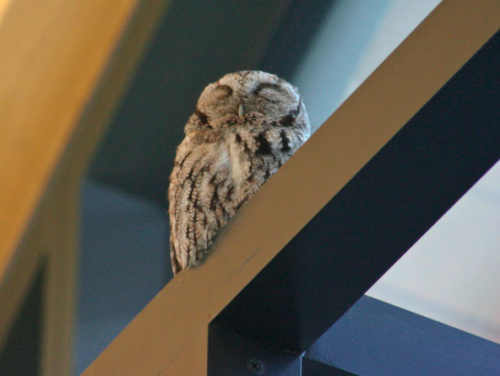
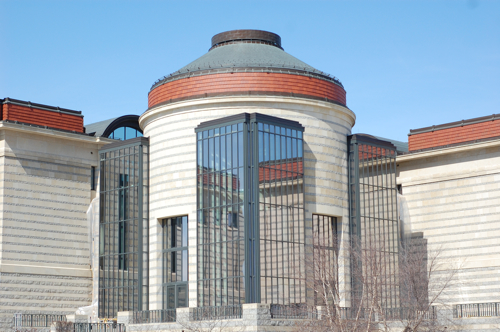
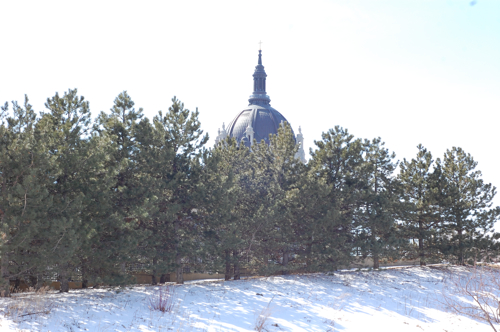
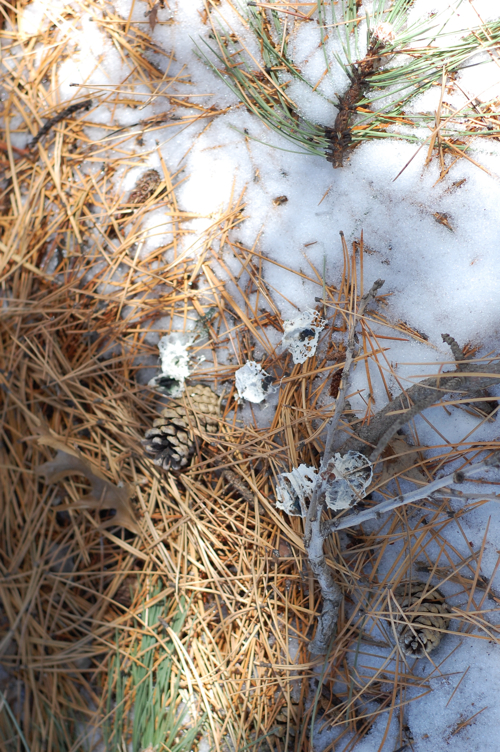
 The great horned near my apartment is still incubating--I got this photo on Friday. I think the chicks should have hatched this weekend, hope to see them soon.
The great horned near my apartment is still incubating--I got this photo on Friday. I think the chicks should have hatched this weekend, hope to see them soon.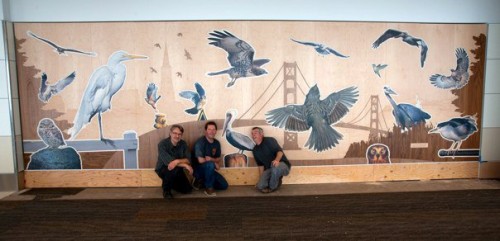
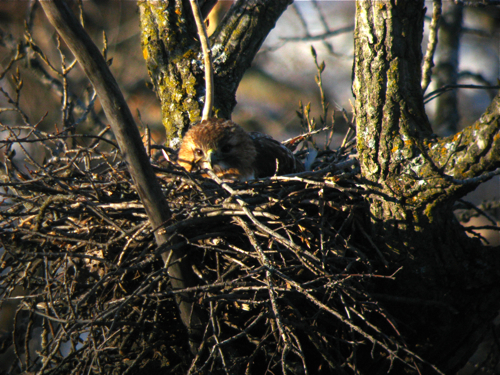 The sexual tensions between pairs of red-tailed hawks was palpable today. They were either paired up on light posts or females were on the nest while a male was perched nearby keeping watching. I passed this particular nest in a ravine just off of a county road in Hastings, MN. I got out to get a photo of the bird facing the road in the morning light, only to discover my battery dead in my Nikon D40--DOH! I ended up hand holding my point and shoot Canon Camera and got a reasonably good photo. I will definitely need to come back and get another photo before the leaves come out.
The sexual tensions between pairs of red-tailed hawks was palpable today. They were either paired up on light posts or females were on the nest while a male was perched nearby keeping watching. I passed this particular nest in a ravine just off of a county road in Hastings, MN. I got out to get a photo of the bird facing the road in the morning light, only to discover my battery dead in my Nikon D40--DOH! I ended up hand holding my point and shoot Canon Camera and got a reasonably good photo. I will definitely need to come back and get another photo before the leaves come out.



